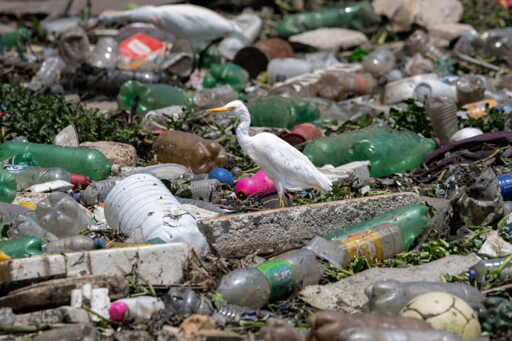Manaus, in the state of Amazonas, is one of the top generators of solid waste among Brazil’s state capitals, with an average of 1 kilogram (2.2 pounds) of garbage per resident every day. According to the Brazilian Association for Waste and the Environment (ABREMA in Portuguese), the waste problem is not exclusive to Amazonas’ most populous city: The state as a whole has one of the highest rates of landfill use, with almost 92% of its cities disposing of their garbage this way. In states like São Paulo and Santa Catarina, that rate is less than 3%. This practice results in an accumulation of polluting waste that, in addition to creating socioeconomic and logistical problems, contaminates the soil in the Amazon, triggering numerous environmental alerts. But now, the energy transition may have a solution. Currently, the same waste that raises experts’ concerns in Amazonas state could become an important ally in the national fight against polluting emissions, thanks to the future operation of the Amazonas Waste Treatment and Processing Center (CTTR in Portuguese). Opened in 2024 but still under construction, Manaus’ CTTR is the state’s first biomethane plant. The facility will process waste from human activities into biomethane, known as “green gas,” for its high decarbonization potential. This gaseous energy source comes from the decomposition of organic matter. Once collected, the methane is converted into biogas, which is then purified until it reaches its final version. It is estimated to emit up to 2.5 times less CO2 than natural gas.…This article was originally published on Mongabay
From Conservation news via this RSS feed


